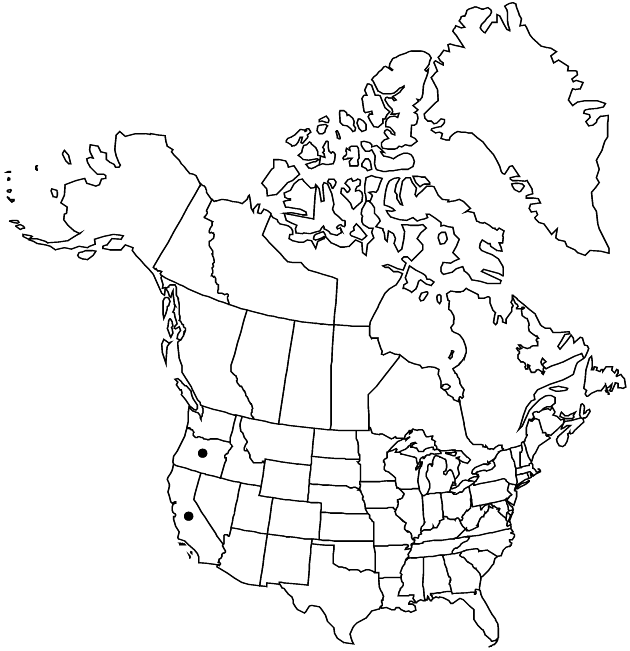Difference between revisions of "Arnica cernua"
Fl. N.W. Amer., 373. 1900.
FNA>Volume Importer |
imported>Volume Importer |
||
| (5 intermediate revisions by 2 users not shown) | |||
| Line 8: | Line 8: | ||
}} | }} | ||
|common_names=Serpentine arnica | |common_names=Serpentine arnica | ||
| + | |special_status={{Treatment/ID/Special_status | ||
| + | |code=E | ||
| + | |label=Endemic | ||
| + | }} | ||
|basionyms= | |basionyms= | ||
|synonyms={{Treatment/ID/Synonym | |synonyms={{Treatment/ID/Synonym | ||
|name=Arnica chandleri | |name=Arnica chandleri | ||
|authority=Rydberg | |authority=Rydberg | ||
| + | |rank=species | ||
}} | }} | ||
|hierarchy=Asteraceae;Asteraceae tribe Heliantheae;Asteraceae (tribe Heliantheae) subtribe Chaenactidinae;Arnica;Arnica cernua | |hierarchy=Asteraceae;Asteraceae tribe Heliantheae;Asteraceae (tribe Heliantheae) subtribe Chaenactidinae;Arnica;Arnica cernua | ||
| Line 35: | Line 40: | ||
-->{{#Taxon: | -->{{#Taxon: | ||
name=Arnica cernua | name=Arnica cernua | ||
| − | |||
|authority=Howell | |authority=Howell | ||
|rank=species | |rank=species | ||
| Line 49: | Line 53: | ||
|publication title=Fl. N.W. Amer., | |publication title=Fl. N.W. Amer., | ||
|publication year=1900 | |publication year=1900 | ||
| − | |special status= | + | |special status=Endemic |
| − | |source xml=https:// | + | |source xml=https://bitbucket.org/aafc-mbb/fna-data-curation/src/2e0870ddd59836b60bcf96646a41e87ea5a5943a/coarse_grained_fna_xml/V19-20-21/V21_939.xml |
|tribe=Asteraceae tribe Heliantheae | |tribe=Asteraceae tribe Heliantheae | ||
|subtribe=Asteraceae (tribe Heliantheae) subtribe Chaenactidinae | |subtribe=Asteraceae (tribe Heliantheae) subtribe Chaenactidinae | ||
Latest revision as of 20:15, 5 November 2020
Plants 10–30 cm. Stems (often reddish purple) mostly simple. Leaves 3–4 pairs, mostly cauline (basal often persistent on sterile rosettes); petiolate (petioles usually narrow, proximalmost sometimes broadly winged); blades (often reddish purple) usually elliptic to ovate, sometimes subcordate, 1.5–8 × 1.5–4 cm (often relatively thick, nearly succulent), margins usually entire or serrate, sometimes crenate or slightly lobed, apices acute to rounded, faces glabrous or scabrous. Heads usually 1, sometimes 2–3 (often nodding in bud). Involucres campanulate-turbinate. Phyllaries 8–14, ovate to broadly lanceolate. Ray florets 5–10; corollas yellow to slightly orange. Disc florets: corollas yellow; anthers yellow. Cypselae dark gray, 6–8 mm, sparsely to densely hirsute (hairs duplex); pappi white, bristles usually barbellate, sometimes subplumose. 2n = 38.
Phenology: Flowering Apr–Jun.
Habitat: Serpentine soils, conifer forests
Elevation: 500–1500 m
Discussion
Selected References
None.
